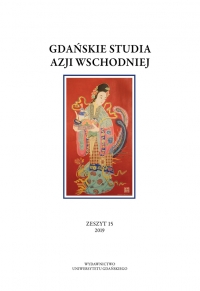Problem dyskryminacji w japońskiej szkole na tle transformacji systemu oświatowego
Abstrakt
From the 19th century, Japanese society was built on the myth of its homogeneity, a myth that was perpetuated by the educational system. Japanese education was designed to standardize citizens and develop a sense of collectivity in them. Reforms carried out at the end of the 19th Century and after World War II (in the years 1945–1950) were largely aimed at shaping this collective sense of unity among the Japanese. It is no secret that, both in the 19th century and the period immediately following the end of the war, education – especially at higher than compulsory levels – was intended for a selected, narrow group of people. With the spread of the new education model, new problems emerged that had not been noticed so far (due to limited access to education). One of them was the phenomenon of discrimination, which began to be conceptualized in the 1950s and 1960s. This article is devoted to the Japanese view of this phenomenon. It shows how the discussion on new problems affecting the Japanese school system took place. In the background of all disputes among members of educational authorities and numerous non-governmental organizations, the problem of discrimination against minority groups living in the Japan, until the end of the 20th century, never (or almost never) appeared. The focus was on strengthening, on the one hand, the moral education of students, and on the other, on preserving and consolidating the myth of the homogeneity of Japanese society. At the same time, the essay provides an introduction to reflection on the phenomenon of discrimination in Japanese schools.

 Uniwersyteckie Czasopisma Naukowe
Uniwersyteckie Czasopisma Naukowe





